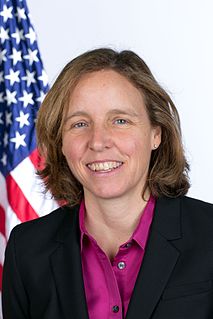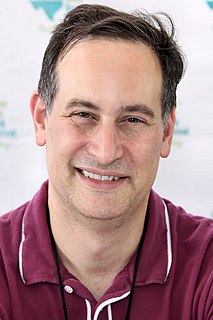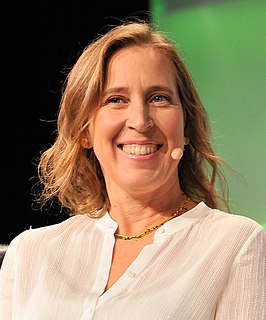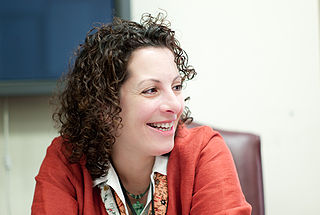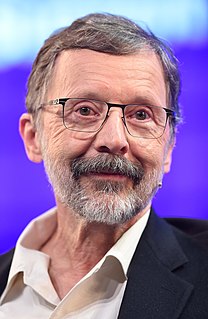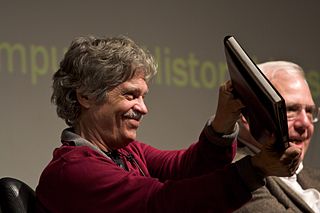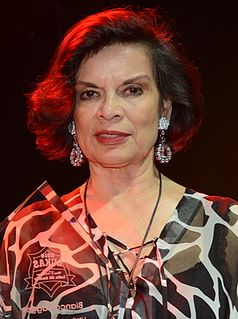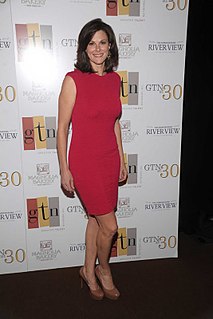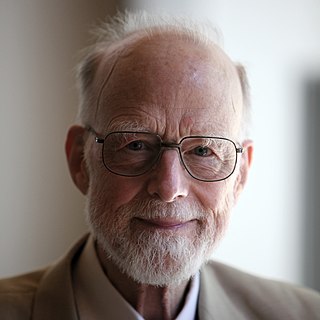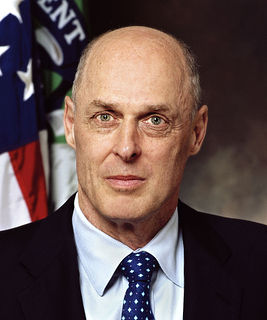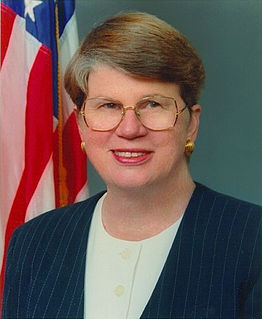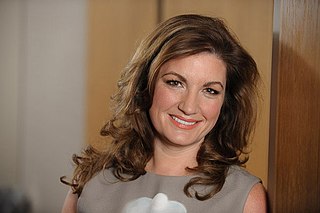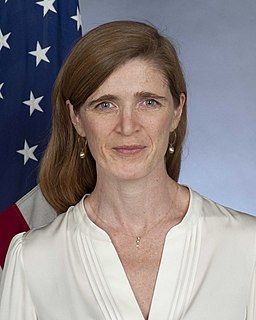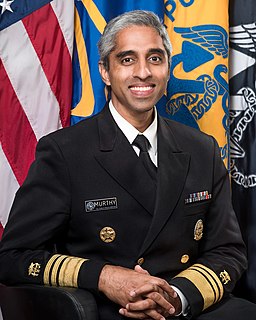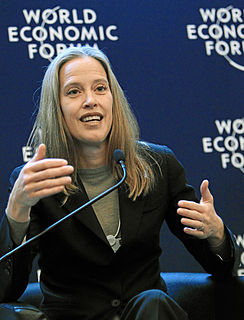A Quote by Megan Smith
There are several places in Vietnam where they're teaching computer science from second grade in class, so they don't have a gender divide because everybody is expected to program.
Related Quotes
There are times I think of us all and I wish we were back in second grade. Not really that young. But I wish it felt like second grade. I’m not saying everyone was friends back then. But we all got along. There were groups, but they didn’t really divide. At the end of the day, your class was your class, and you felt like you were a part of it. You had your friends and you had the other kids, but you didn’t really hate anyone longer than a couple of hours. Everybody got a birthday card. In second grade, we were all in it together. Now we’re all apart.
I fear - as far as I can tell - that most undergraduate degrees in computer science these days are basically Java vocational training. I've heard complaints from even mighty Stanford University with its illustrious faculty that basically the undergraduate computer science program is little more than Java certification.
I believe that part of what propels science is the thirst for wonder. It's a very powerful emotion. All children feel it. In a first grade classroom everybody feels it; in a twelfth grade classroom almost nobody feels it, or at least acknowledges it. Something happens between first and twelfth grade, and it's not just puberty. Not only do the schools and the media not teach much skepticism, there is also little encouragement of this stirring sense of wonder. Science and pseudoscience both arouse that feeling. Poor popularizations of science establish an ecological niche for pseudoscience.
What is the central core of the subject [computer science]? What is it that distinguishes it from the separate subjects with which it is related? What is the linking thread which gathers these disparate branches into a single discipline. My answer to these questions is simple -it is the art of programming a computer. It is the art of designing efficient and elegant methods of getting a computer to solve problems, theoretical or practical, small or large, simple or complex. It is the art of translating this design into an effective and accurate computer program.
